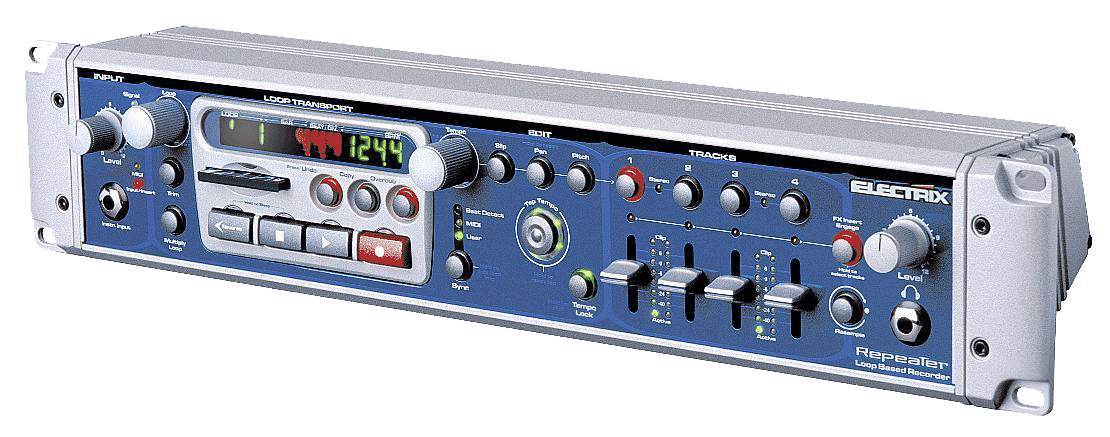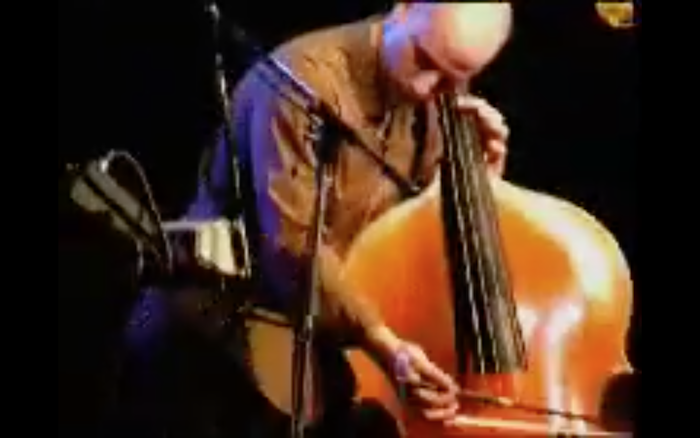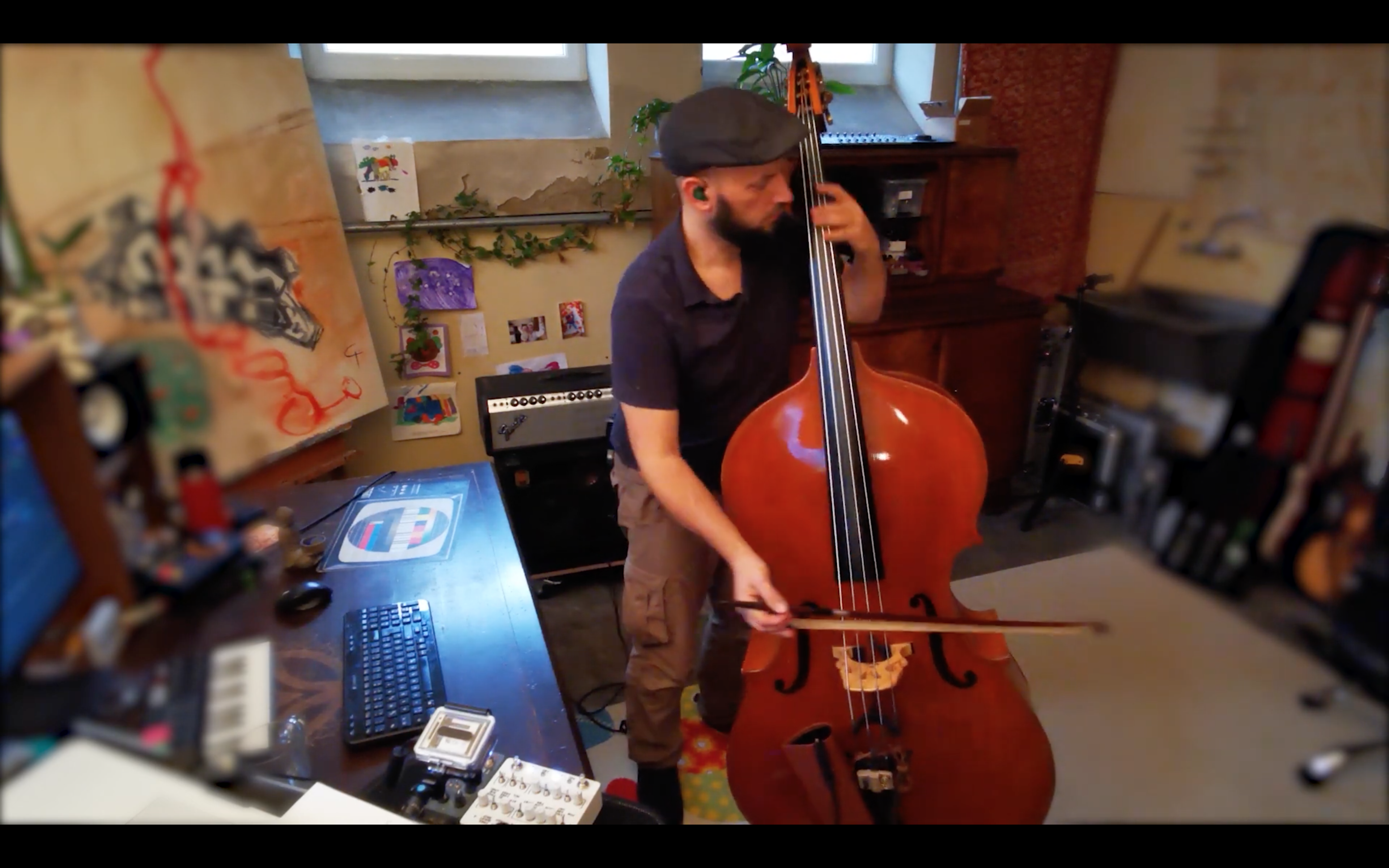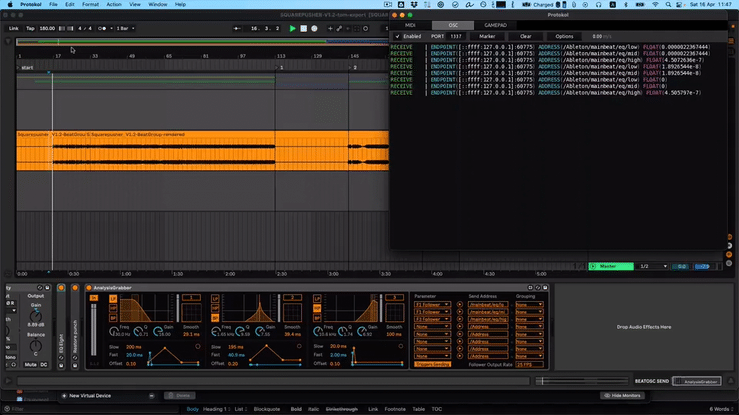First of all, there is no such thing as THE PERFECT LOOPER. But there is a perfect looper for ME and a perfect looper for YOU. And they are most likely very different. But first, I want to tell you about my search for the perfect looper and something about the history of looping.
(my) history of looping
I remember I did start live looping back in 2001 at a local steady gig where the band played without a drummer. Drum loops came from Ableton live triggered by our keyboard player. I looped my bass line and played guitar parts on top. It was super hard to get the loop lining up with the computer. There was no such thing as MIDI sync at that time. But it was a great practice to stomp in the right moment on the foot switch. I believe I used a Headrush E1 from AKAI back then.
I had some other loopers like the BOSS RC-2 and the bigger version BOSS RC-20XL. But I was looking for a looper which could sync to a midi clock or be synced in any other way.
In 2002 the company “Electrix Pro” released a unit called “Repeater”.

It had everything I was looking for. It had MIDI, four independent tracks with faders and loops were stored on a Compact Flash Card. The best feature though was an effect send/return. You could record a loop and send and manipulate it afterwards and even re-record it. It was also possible to connect a standard 2way foot switch for recording & stopping and place the unit up right next to you.
In 2004 for my diploma graduation concert I did a solo performance with it which was filmed:
Actually, the story could end here, this unit was versatile, flexible and had almost every feature I could ask for (full feature list). It was acclaimed as the “Best looper unit of all time”.
Here comes the sad part: Unfortunately, it broke after a short time. The company was out of business and the product discontinued. I got a unit second hand which had some issues with the power supply. After some research I sent it to “Condor Electronics” in Oregon, USA. They fixed it and installed some improvements. When I got it back from customs, I plugged it in with great excitement. It went on, but after 30 seconds it made a puff noise and there was a funny smell of burned capacitors. Having spent a ridiculous amount of money and left with electronic scrap in my hands, I’d had enough of looping. I took everything and threw it in the bin. That was in 2005. When I started my master study in Maastricht, I rediscovered my interest in technology and looping. I wanted to explore the possibilities of 2020’ies in regards of live looping. To develop a one-man-show setup due to the covid pandemic seemed logical to me as well.
What attributes does my perfect looper have to have?
I started developing an idea into a concept. I had very limited resources to buy new gear, so I worked with the gear I already had and see what I could achieve. It was basically some pedals, an audio interface and a computer.
Of course, looper units became much more sophisticated and developed over the last 15 years. But still, they all lack an important aspect for me: flexible audio routing for multitrack output and more importantly various send/return loops for external effects.
And they are very expensive.
I’m working with ABLETON LIVE since 2003. There are so many aspects why ABLETON could be the core/heart/brain of a perfect looping machine:
- It is designed to work with loops in a totally different way compared to other DAWs.
- It is extremely stable and designed for live performance.
- It has the ability to connect to remote hardware, e.g. launchpads to control all sorts of functionality
- It can handle both MIDI and audio signals
- It is capable of complex audio and midi routings.
- It has built-in effects (optimised for live performance)
- With MaxDSP integrated, you have got an incredible powerful platform for custom effects and tools of all kind.
In a perfect looping machine I want possibilities like:
– different loop lengths
– pitch shifting of individual loops
– independent effects for each loop
– quantisation of recorded material
BINKLOOPER and scripted looping
My dear teacher, Matthias Nowak, recommended me to check out Frank Wienk aka BINKBEATS who is an artist who does complex loop performances.
Fortunately he gives some insight on how he uses ABLETON to record his loops and doing all effects.
He uses a MAX for LIVE device called BINK LOOPER with which he can “script” the recording process. Here is a link to a video where he explains everything: Binkbeats: Live Setup
I used this device (which he gives away for free here) to build a loop performance of a tune called “Mo’Better Blues”:
I reflect on the process using BINK LOOPER here. How to program, its specialities and frustrations. Everything needs to be planned in advance and it is very fussy to program.
I switched to Clyphx Pro as soon as I found out about this software.
ClyphX Pro
Improvisation is a very important aspect to my musical identity. Being flexible, spontaneous and fast with my looping setup was a key ingredient. I need the operation to be low-threshold and intuitive.
Funny enough it was this BINK LOOPER tutorial video of Connor Shafran where I found out about Clyphx Pro. He mentioned it in the comments. This software is so powerful and gives me everything I need to bend ABLETON LIVE to my needs. It became the center piece of my setup and still has a steep learning curve. Because it is very complex and extensive, it has its own chapter in my Master Thesis:
ALL POSTS regarding Clyphx Pro
Summary
The quest is fulfilled. I found the ultimate, perfect looping machine. For me. At least I see the path I have to follow further. The possibilities it can offer me already are not only more than enough, there are actually too many and I need limitations in order not to be overwhelmed.









